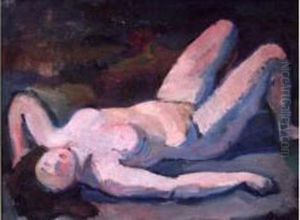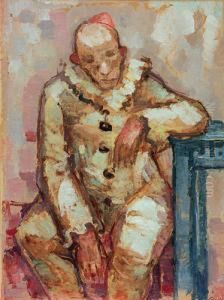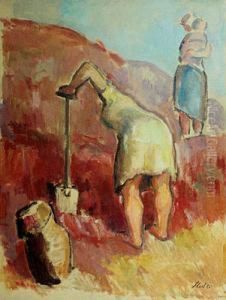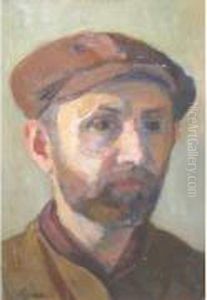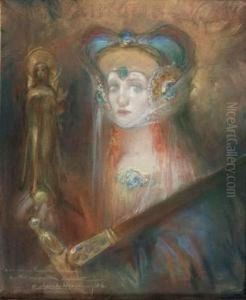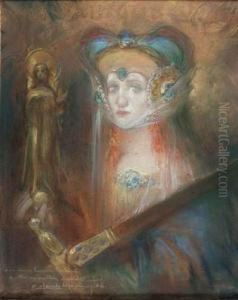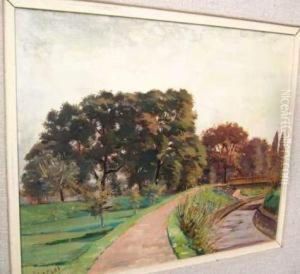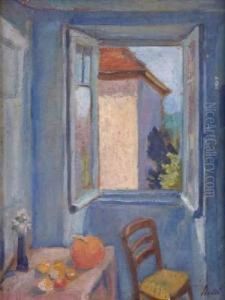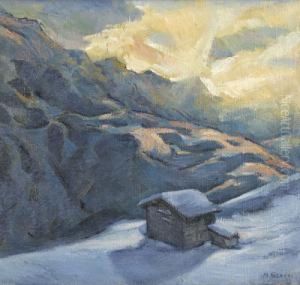Marcel, Marceli Slodki Paintings
Marceli Słodki, also known as Marcel, was a Polish-Jewish graphic artist, painter, and stage designer. Born on February 1, 1892, in Łódź, Poland, which at the time was part of the Russian Empire, Słodki grew up in a period of great political upheaval and artistic innovation. He studied at the Academy of Fine Arts in Munich, Germany, before World War I, which was a center for avant-garde art and thought. During his time in Munich, he was exposed to a range of artistic styles, including Expressionism and Art Nouveau, which would influence his later work.
In the interwar period, Słodki became an active member of the Polish art scene. He worked extensively in theater, designing sets and costumes for various productions, and his graphic art became well-known through posters, book illustrations, and advertisements. His style was characterized by bold colors, dynamic compositions, and often incorporated elements of folk art and modernist abstraction.
With the rise of anti-Semitism and the onset of World War II, Słodki's life and career faced tragic disruptions. The Nazi occupation of Poland brought about the closure of cultural institutions and the persecution of Jewish citizens. During this time, Słodki was forced into the Łódź Ghetto, where he continued to create art under harrowing conditions. Tragically, he died in the ghetto on December 21, 1943, before the ghetto was liquidated and its remaining inhabitants were sent to concentration camps.
Despite the challenges he faced, Marceli Słodki's work remains a testament to the vibrant cultural life that existed in Poland prior to the Holocaust, and his art is an important part of the country's cultural heritage. While many of his works were lost or destroyed during the war, those that survive continue to be studied and appreciated for their artistic value and historical significance.
